Your Ultimate Guide to the Big Five Safari Animals
Seeing and experiencing Africa’s Big 5 safari animals in the wild is something many people dream of, yet the most magical experience one can have. The first sight of these five will stun you, including the lion, rhino, elephant, and African buffalo marching through the bushes. Simply feeling unreal. Their sizes are not the reasons that make it called the “Big Five”, but rather that they were once considered the most dangerous and hardest animals to hunt on foot.
Table of Contents
But thankfully, the focus has shifted and changed from hunting to protecting these amazing animals. They’ve become a huge part of African wildlife safaris and are a big reason why so many people travel there. Whether it’s through the golden savannahs of Kenya National Park or the rugged plains of South Africa, this blog will take you on a journey to learn more about where to see them and much more. Though it will help answer many other questions of yours, too.
Let’s dive in!
Which African Countries Have the Big Five?
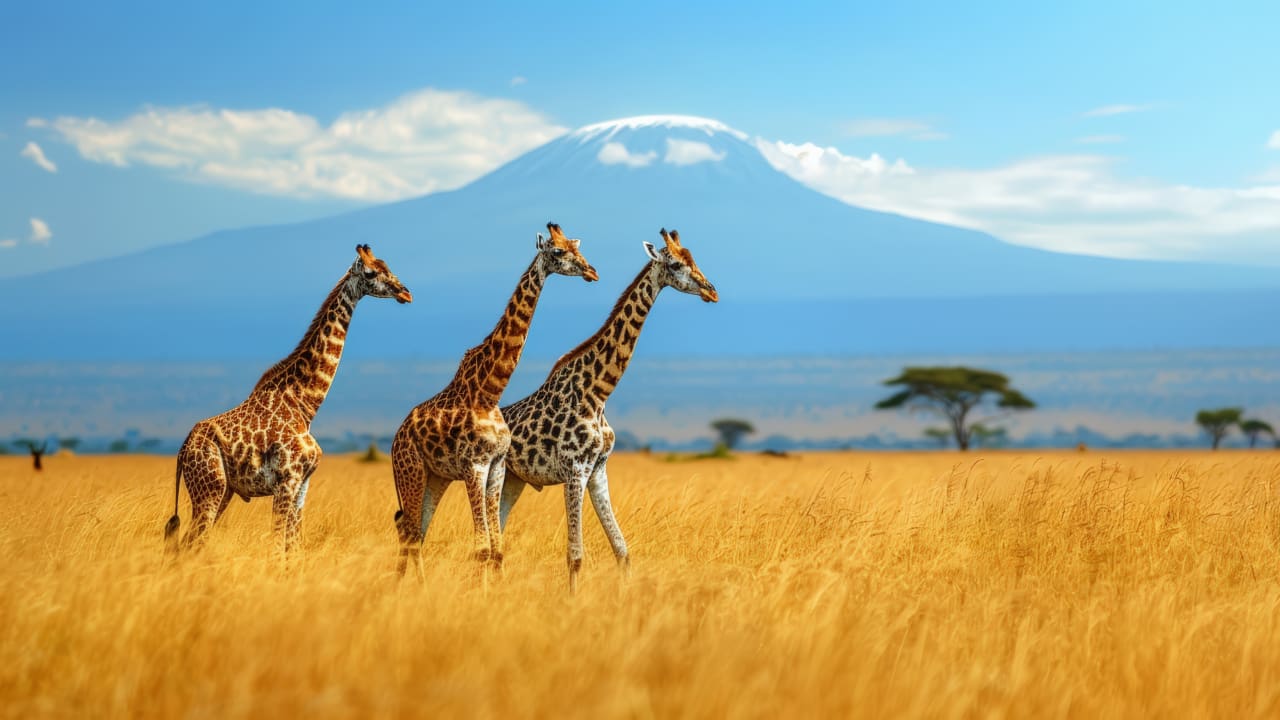
Are you searching for a plan for your wildlife trip? You’ll be good to know about quite a few countries that are facilitating this purpose. Here are the nations where you can spot all the Big 5 safari animals roaming around the wild.
- Botswana
- Kenya
- Namibia
- South Africa
- Tanzania
- Uganda
What Are the Big 5 Safari Animals?
The Big 5 safari animals got their name for a different reason instead of their size. The reason was that their being the toughest to hunt for. They are those who are strong and not afraid to fight back if attacked or threatened. So, who are the Big Five? A quick lineup for you is here:
- Elephant
- Rhinoceros
- African Buffalo
- Lion
- Leopard
1. Elephant
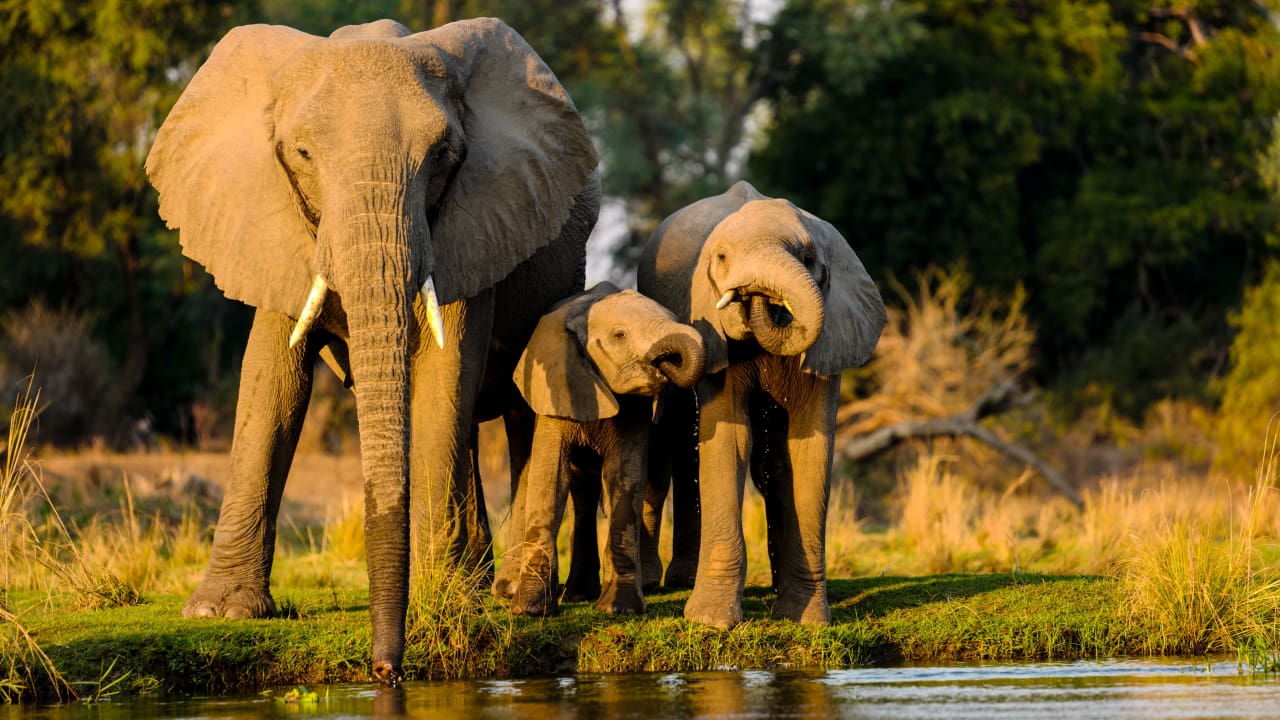
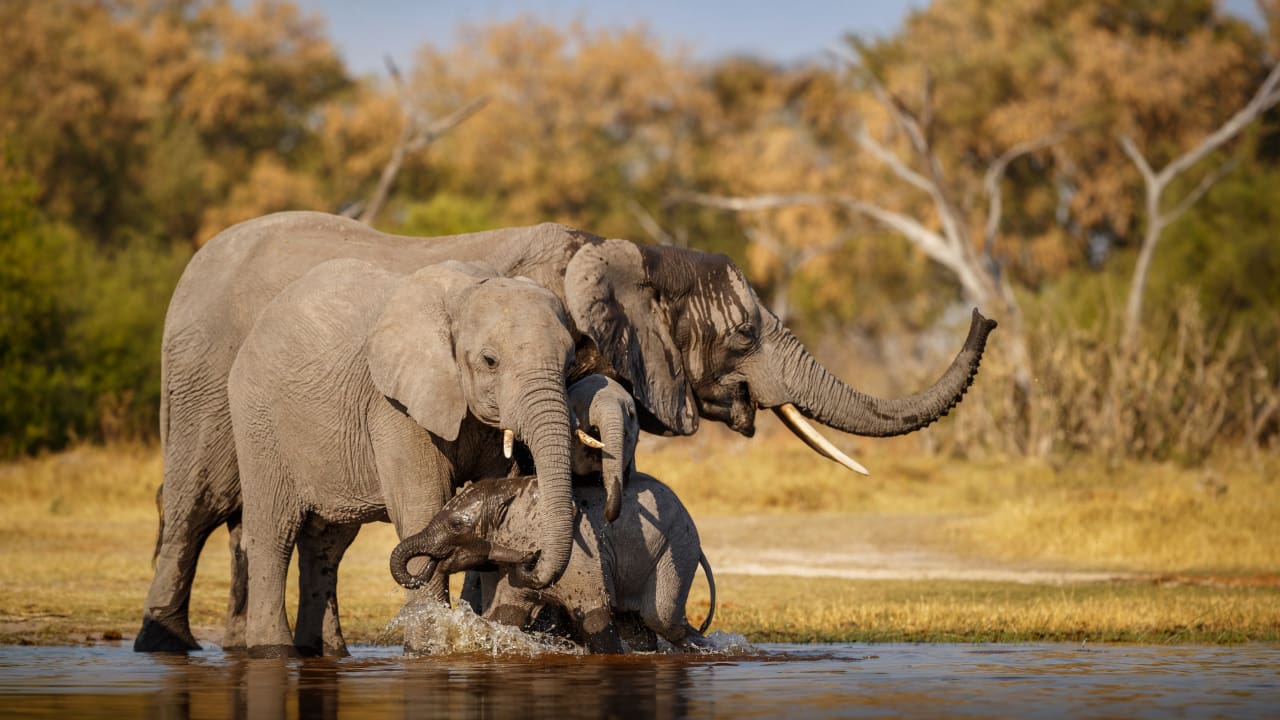
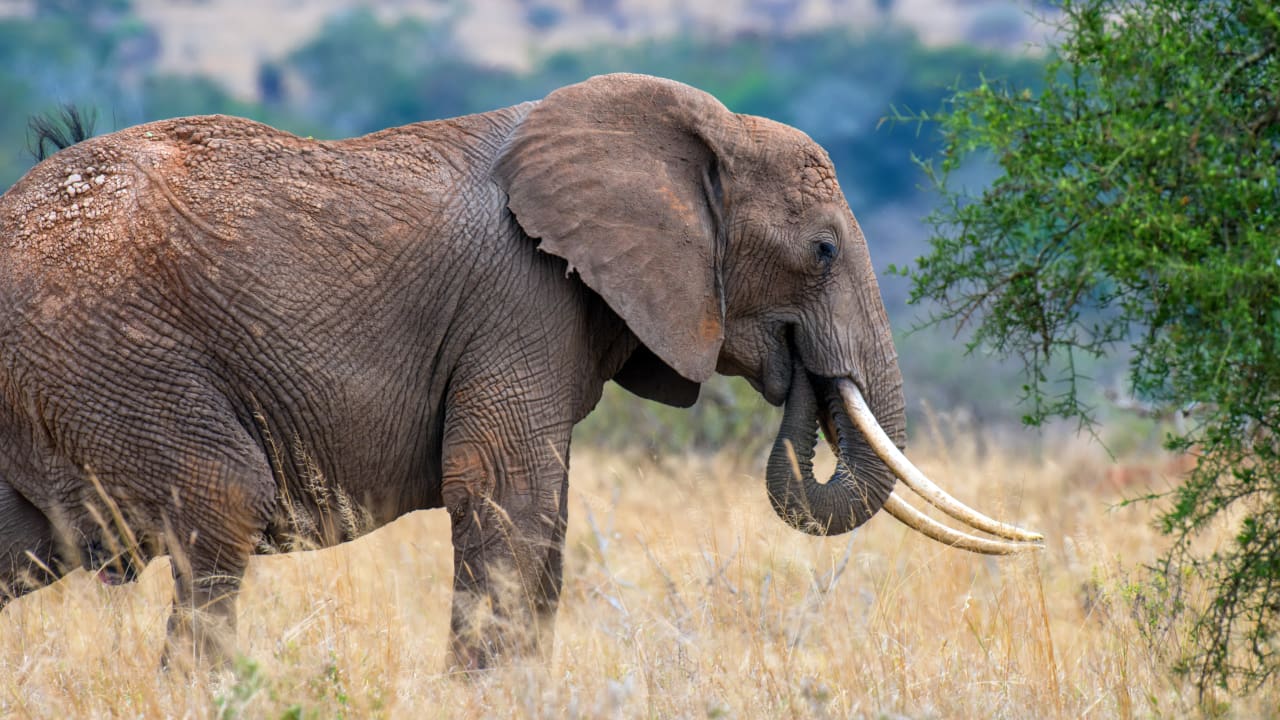
Out of the big five, the most loved animals are the elephants. Two types of African elephants exists here: the African bush elephant (Loxodonta africana) and the African forest elephant. Both have large ears, long tusks(made up of ivory), and strong trunks.
The forest elephants are smaller in size and reside in the dense rainforests of western and central Africa. Whereas, the African bush elephants are large-size and usually live in deserts, open savannahs, and grasslands.
You know, the most beautiful thing is that they have a deep bond with their family. Just as humans care for each of their family members. When anybody from them dies, they mourn their death, work together in finding food, and fiercely protect their babies.
You Might Like to Read: Family Safaris in East Africa
“Ecosystem engineers” is the name by which the elephants are being called. They not only make the environment easy for themselves. But also makes the survival of other animals easy by shaping the land around them, digging water holes, knocking over trees, and spreading seeds through their dung.
Sadly, the elephants are facing immense danger, as they go through threats by poaching. The reason why all this is happening is because of their ivory tusks. However, in some parts of the world, the illegal ivory trade is still active.
2. Rhinoceros
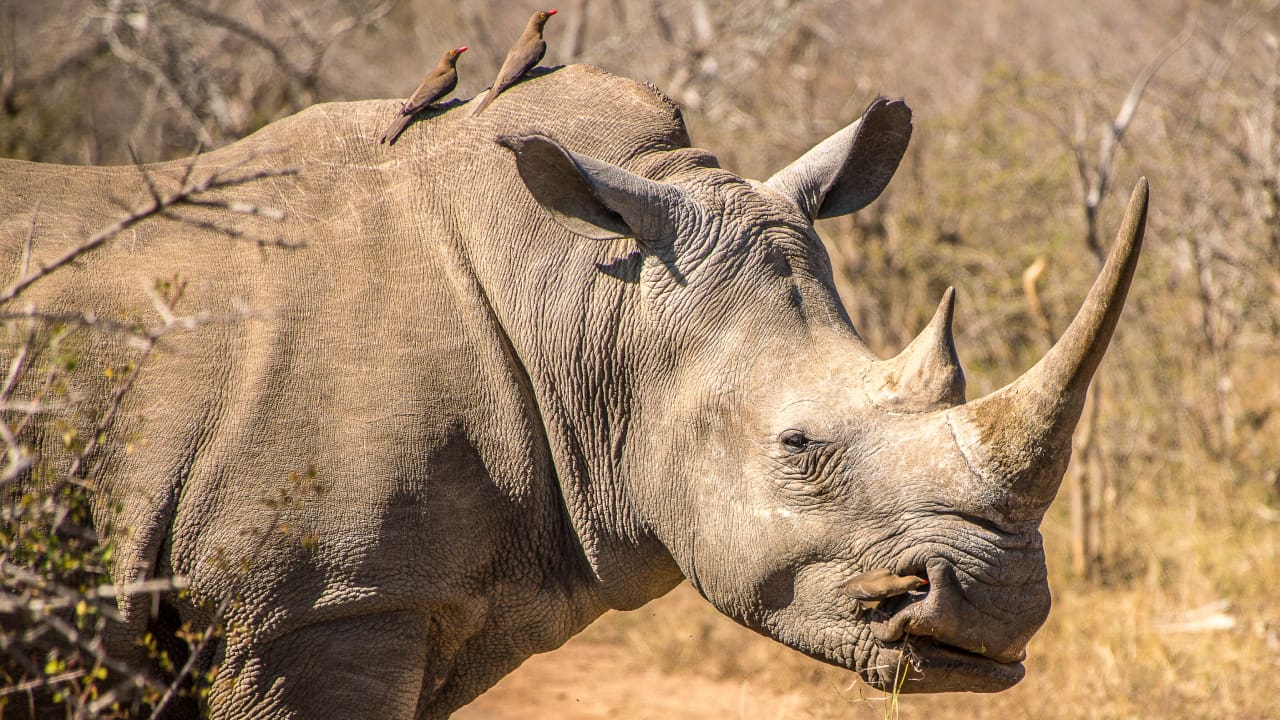
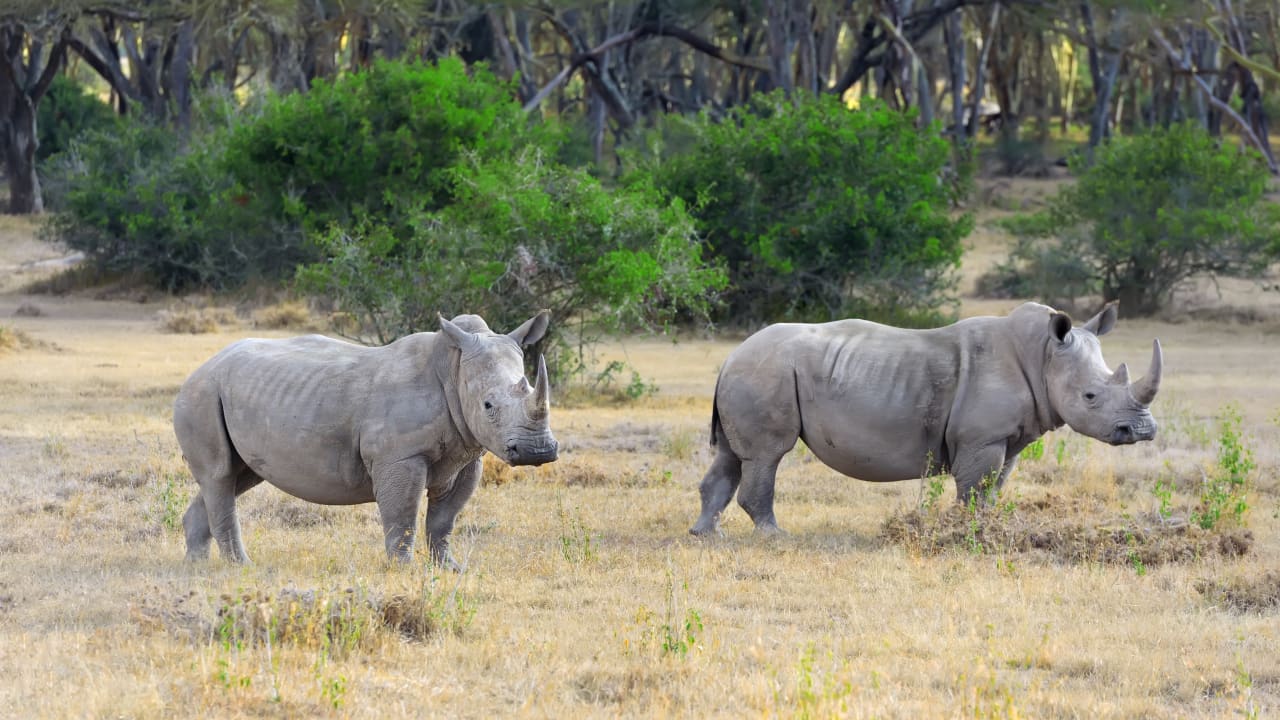
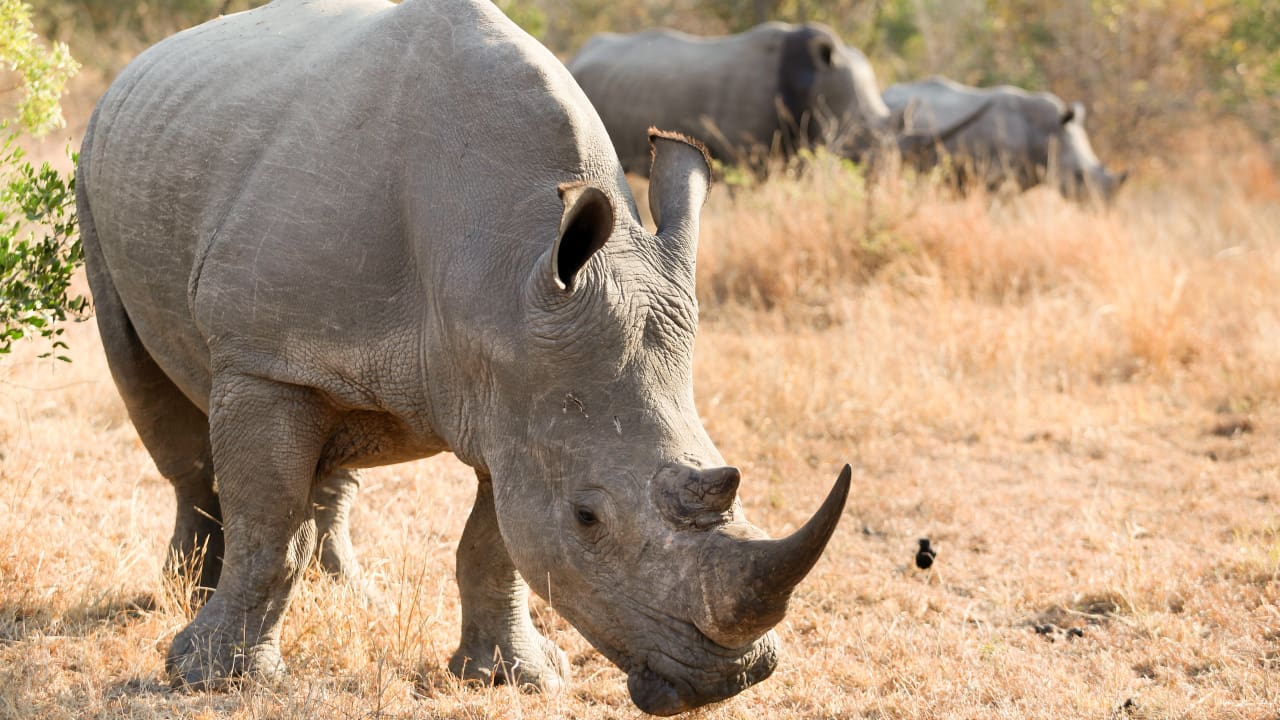
The most powerful animal is also often called a rhino. The two types of rhinoceros in the African region are the black rhino (Diceros bicornis) and the white rhino (Ceratotherium simum).
Despite having greyish skin and two horns, they are still quite different. Coming towards its first type of white rhinos, which are bigger and have wide, square lips that help them in grazing on the grass. The black rhinos are more solitary, smaller, with pointed lips, which work great for eating shrubs and bushes. Both of the rhinos have a grey color in actuality, irrespective of their names.
Unfortunately, the thick, armor-like hide is not enough to save these species from humans. Especially in some of the Asian countries, the horns of the rhinos are highly valuable in illegal trading.
3. African Buffalo (Cape Buffalo)
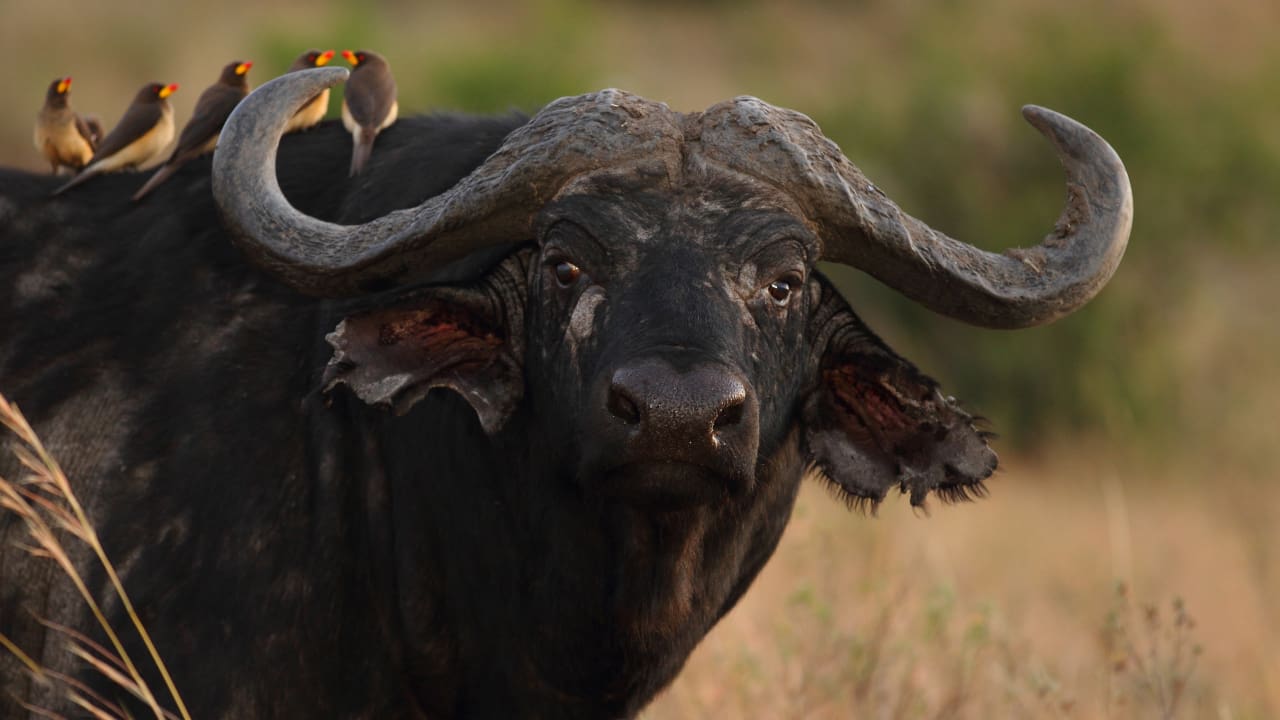
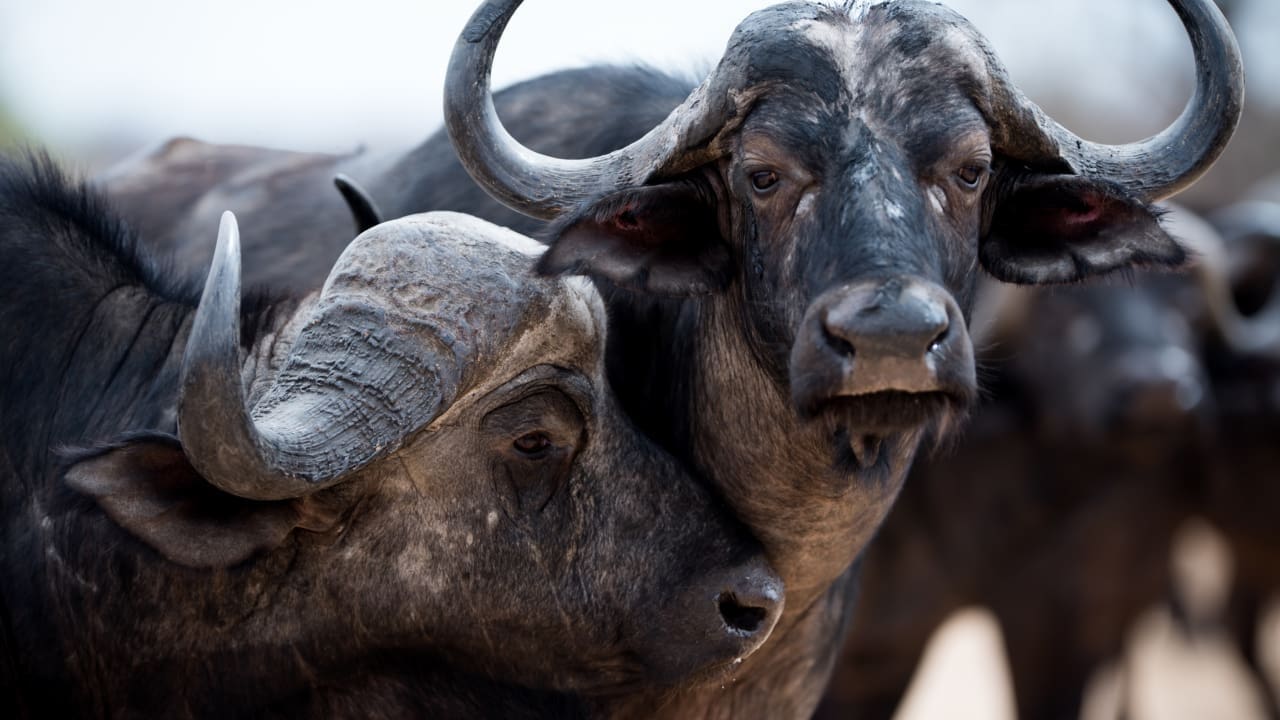
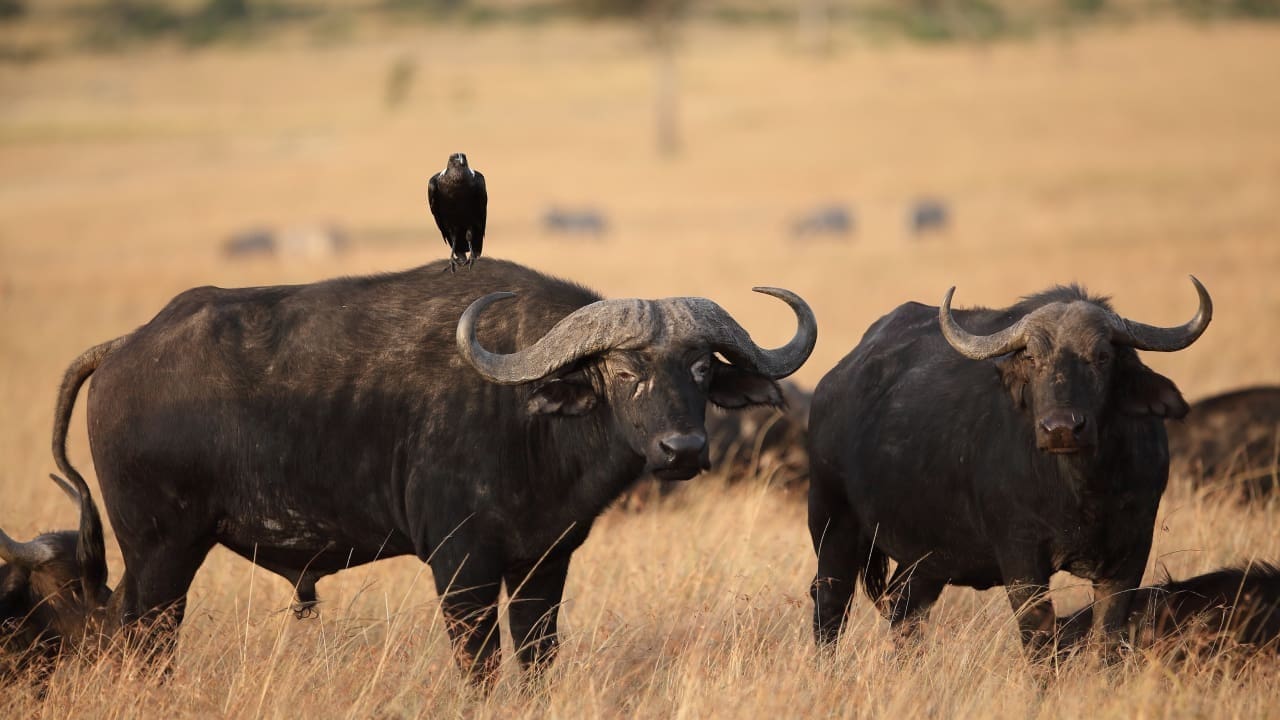
Cape buffalo is another name for the African buffalo. The most underestimated but powerful animal, having a scientific name, Syncerus caffer. The known feature of an African buffalo is the massive curvy horns it has, forming a bony shield on its head. They are sometimes travel along with hundreds of members, but mostly they are in large herds. Staying together gives them a sense of safety from their predators.
You Might Like to Read: Drive-thru Safari – A Wild Adventure Awaits
Listed as Near Threatened animals, which is around 513,000 individuals remaining in the wild. Like the rhinos, they are not critically endangered. But still, they face severe threats. Some of the main challenges include loss of habitat, disease, and human conflict, especially with the farmers.
4. Lion
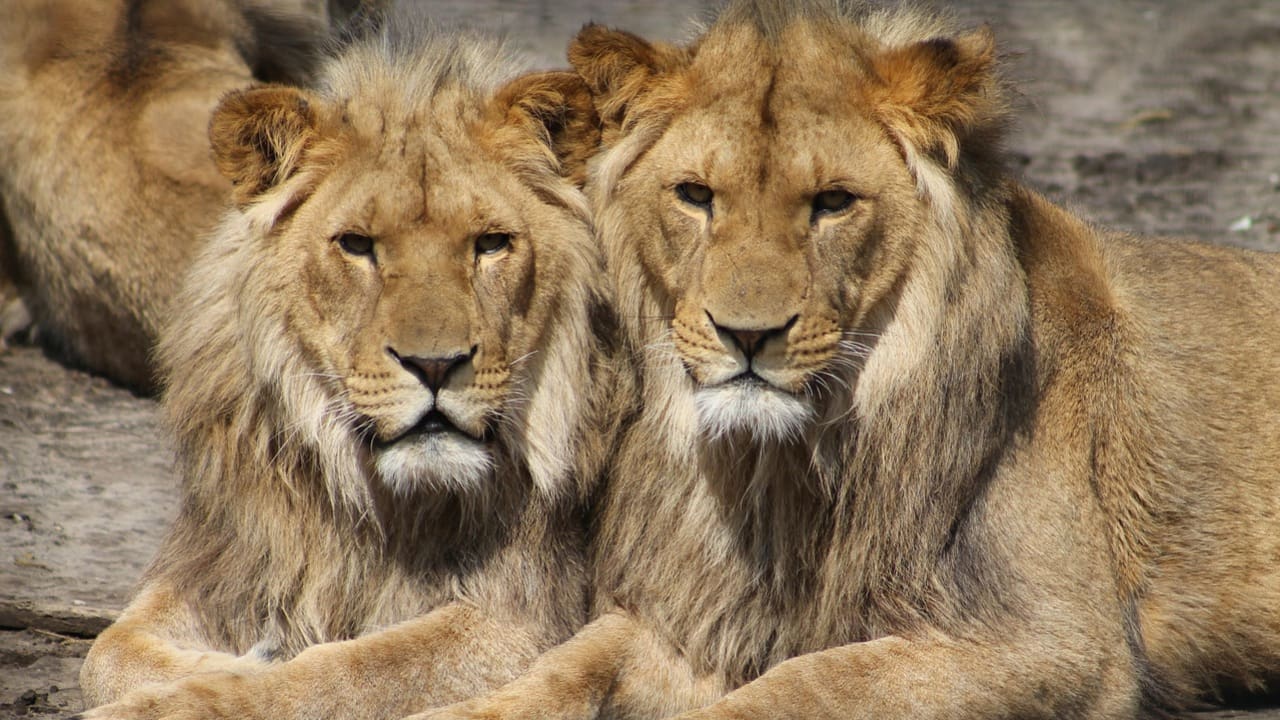
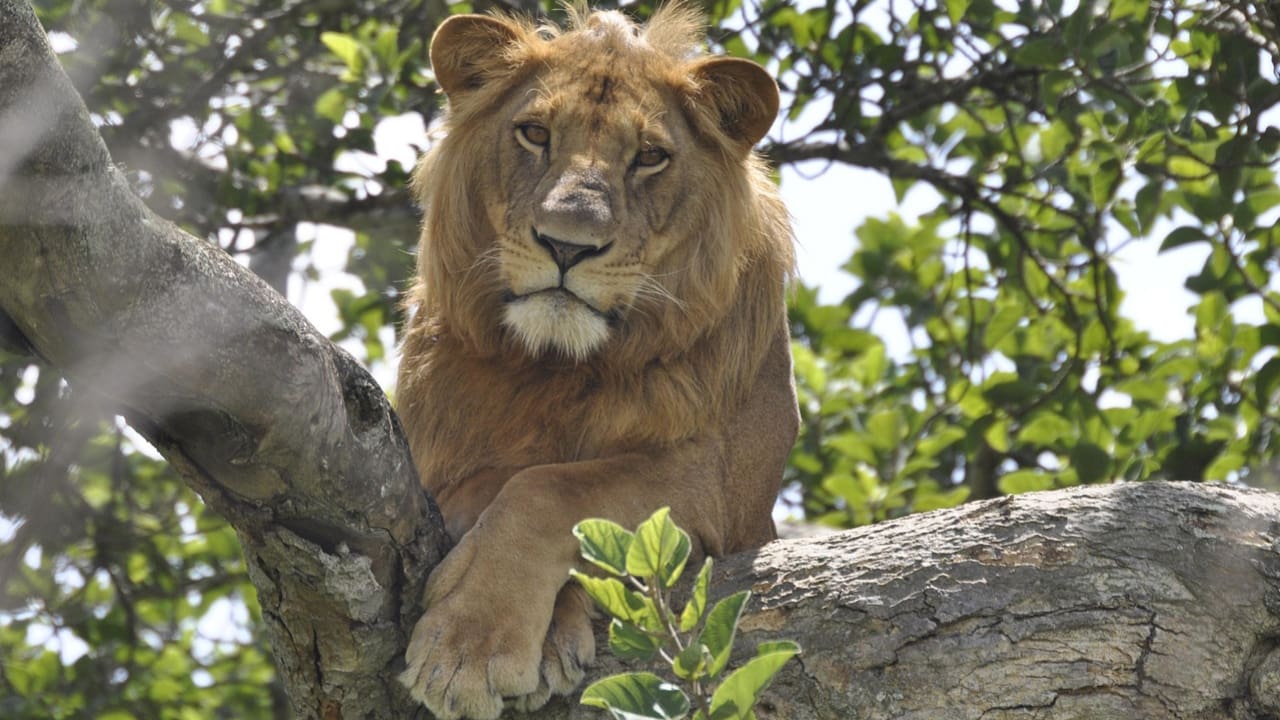
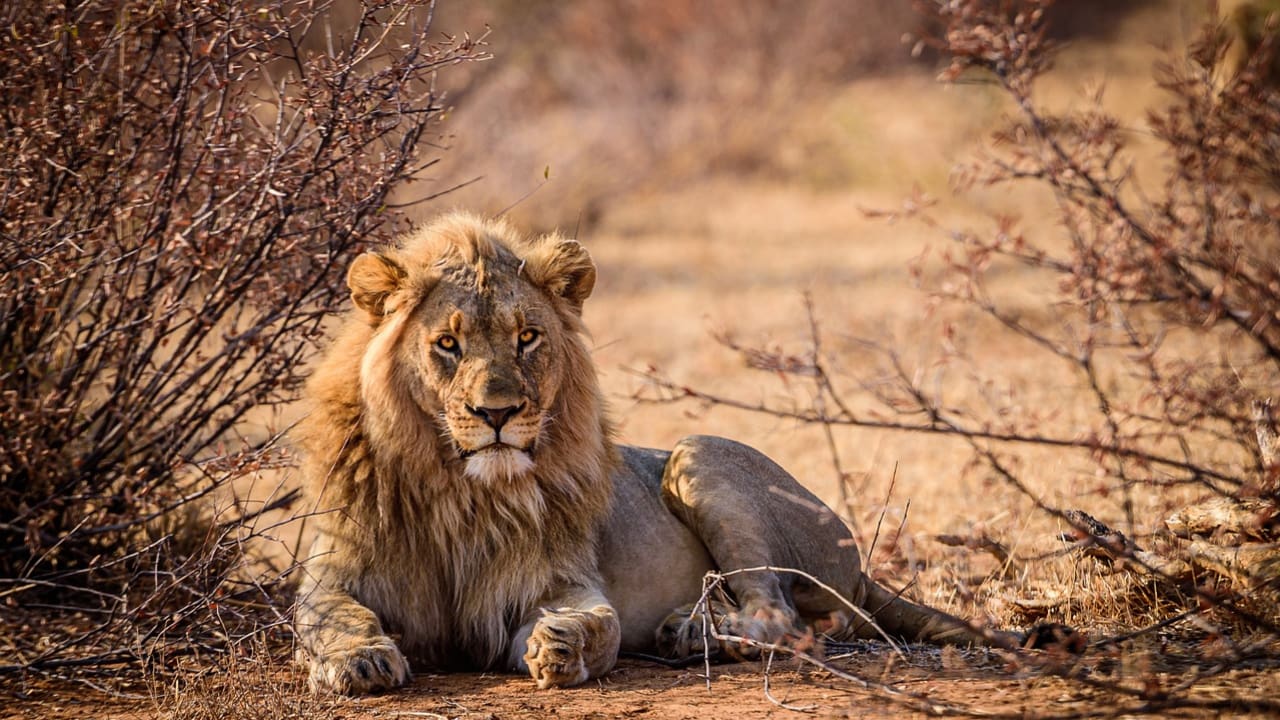
Often called the “King of the Jungle”, the lion is the most admired of all the world’s animals. It’s from the big cat’s family, which lives in groups, termed as prides. Lions sit at the top of the food chain and are called apex predators. This means they have no natural enemies but just humans.
Their way of hunting together is what makes them fascinating. They follow a proper plan in taking certain moves, surrounding their prey, and using teamwork in bringing down bigger animals than themselves. Zebras, wildebeest, buffalo, and young elephants are sometimes the animals they feed upon.
Related Pick: African Lion Safari Canada Ontario
But sadly, a drop of about 43% since the 1990s has been noticed in the population of lions. In the current day, there are fewer than 25,000 left in the wild. Habitat loss, human-wildlife conflict, and illegal hunting are the biggest threats to them.
5. Leopard
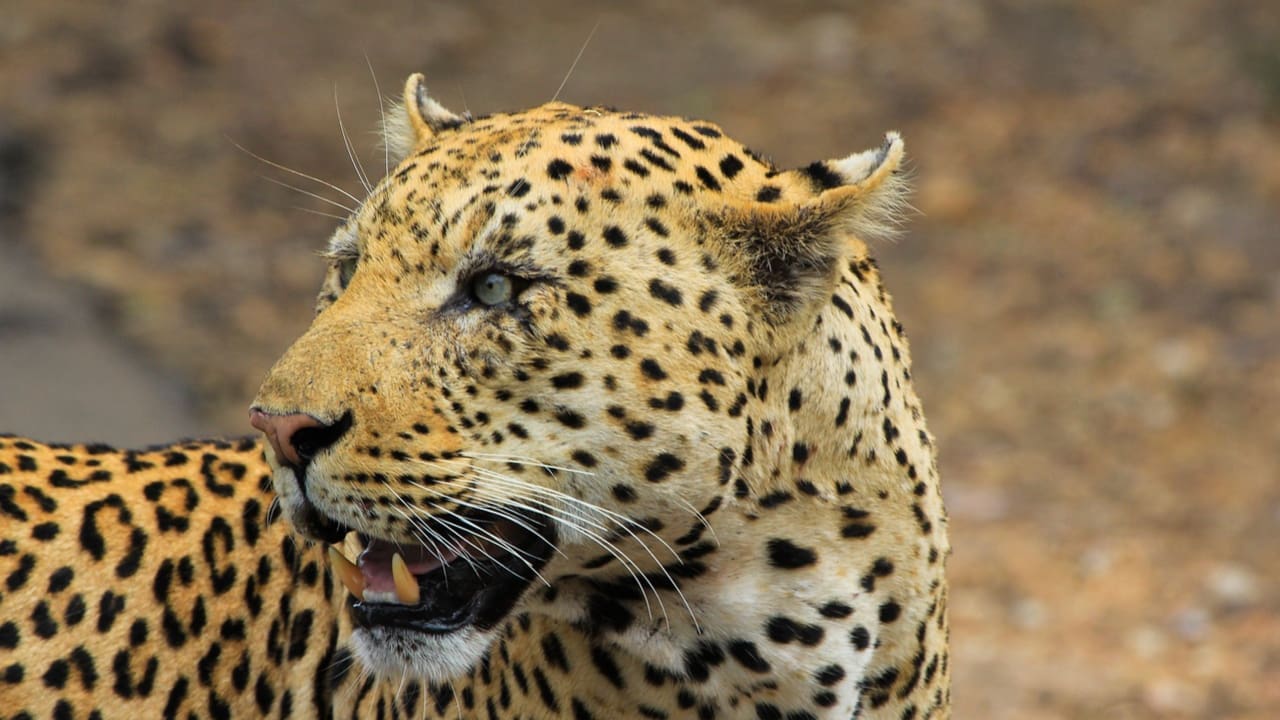
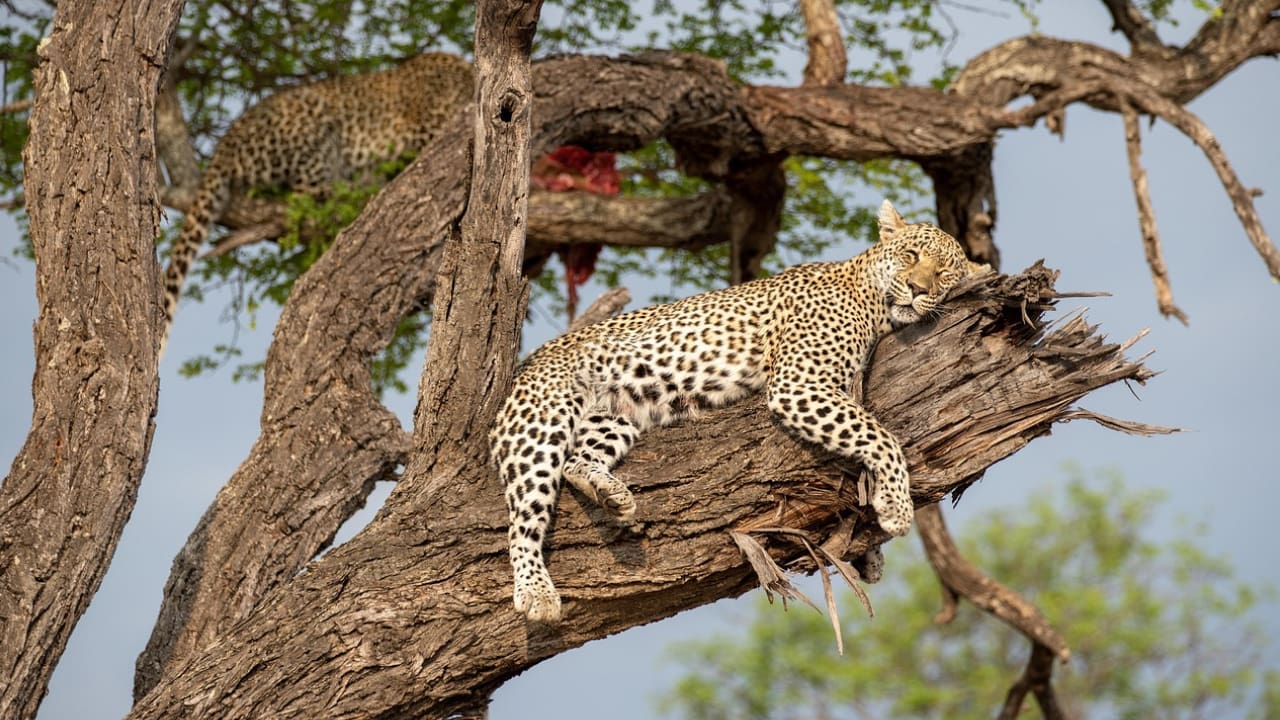
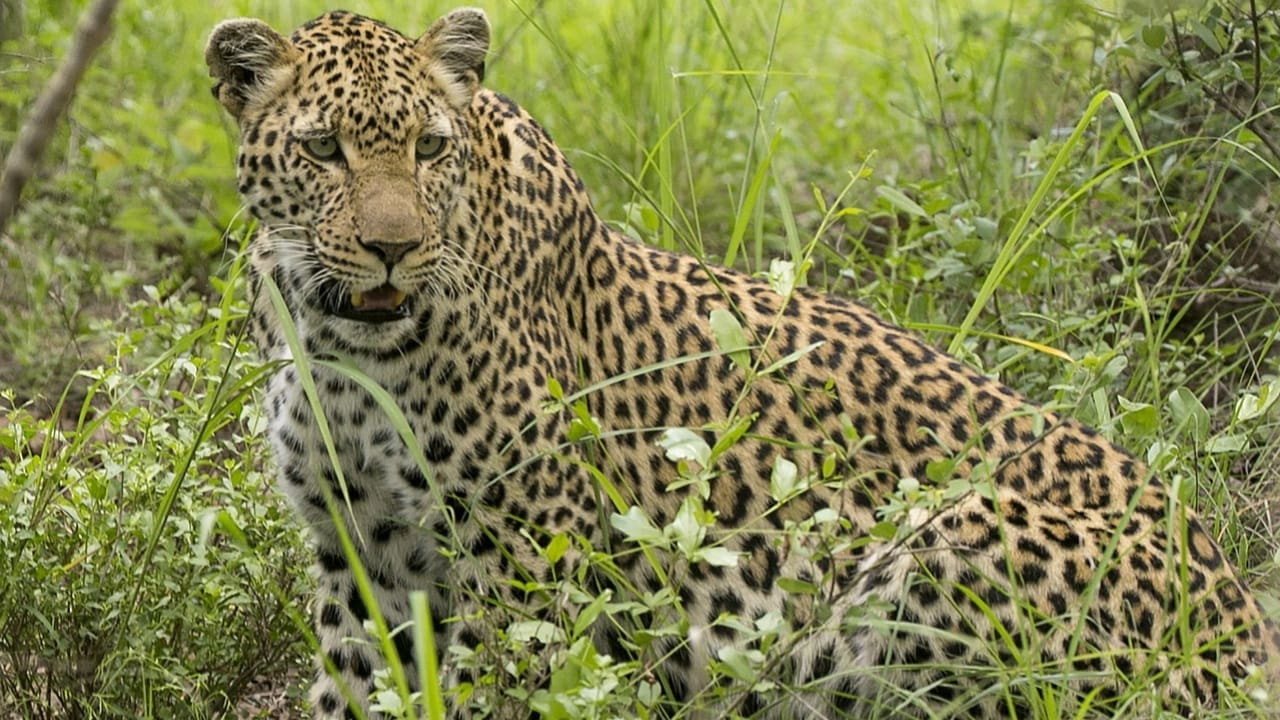
Among the Big Five, leopards are the most mysterious and secretive. Panthera pardus is their scientific name, preferring to hunt and live alone. A leopard is a solitary animal that usually avoids predators and people whenever possible. Being a nocturnal creature, mostly found active at night. While in the daytime, they rest in thick bushes or trees.
They have a golden-yellow fur having dark spots on it called rosettes. The rosettes are what help them blend well with their surrounding environment. It’s a kind of natural camouflage that makes it difficult for anyone to spot the leopards in the wild. That is the biggest reason of they’re being called the hardest among the Big Five to spot.
Related Pick: What Not to Do on a Safari in Africa?
The coolest thing that makes them apart is that they are amazing climbers. Being the incredibly patient and stealthy species, they don’t chase their prey. Rather, they quietly attack and sneak up with a sudden burst of power and speed. Leopards have a very flexible diet as they can eat anything from antelopes to birds, and even fish.
The Importance of Conservation
Conservation matters for several reasons. As it not only saves animals but also keeps the ecosystem healthy overall. It’s clearly evident that animals have a key role in nature. Going through the example of an elephant, which is are ecosystem engineer as they dig waterholes, spread seeds, and knock over trees to shape the environment.
These animals also generate tourism revenue. The sad part is that these animals have to face serious threats. The common huge problem is poaching, which we still came across, along with several other issues. If safaris are managed in an ethical way, they can fund hospitals, schools, and wildlife protection as well.
10 Fun Facts About Africa’s Big Five

We have jotted down some of the fun facts regarding Africa’s Big 5 safari animals. Stay with us!
Lions can roar from miles away
You can hear the roar of a lion from miles away. It is the loudest sound in the animal world. Across the savannah, you can hear its sound up to 8 kilometers. This shows as of they are showing their expressions of saying that “Here, I’m the boss”.
Elephants speak in silent rumbles
Through the ground, the seismic vibration travels, and elephants use this to communicate with their fellow elephants. Humans are normally unable to hear such types of deep rumbles, as they are too low to hear. But, in the case of elephants, it’s totally different, picking them up by their feet.
Black rhinos have attitude
Although black rhinos are smaller in number, known as the most aggressive and unpredictable species. They have an attitude compared to the white rhinos. This is the reason for them being extremely feared by the hunters.
Buffalos are deadlier than you think
You‘ll be surprised to know that the cape buffaloes are more responsible for human deaths as compared to the lions. In the Uganda region, the buffalo were involved in half of all the serious wildlife encounters of the large herbivores. They are deadlier than you can think of.
Leopards are meat-eaters
The Big Five are more often seen carrying their kill up the trees. By doing this, they protect their prey from scavengers( like leopards and hyenas). They can haul heavy animals up high and climb expertly.
Rhinos are making a comeback in Rwanda
A hopeful sign for rhino conservation has been observed since 2019 and 2021. The white rhinos were again introduced to Akagera National Park.
Kruger is a rhino stronghold
80% population of African rhinos and nearly 12,000 elephants are the residents of South Africa’s Kruger National Park. It is known to be the greatest place for visiting and seeing the Big Five Animals.
Ngorongoro’s rhinos are recovering
The rhinos of the Ngorongoro Crater in Tanzania are recovering. In the 1960s-90s, the number of black rhinos went from around 13 reaching more than 50 by the year 2018.
Buffalo and birds make a great team
The birds and buffalo have a great team altogether. You must have seen the majority time cattle egrets perching on buffalo and picking off the ticks or bugs. It is a symbiotic kind of relationship that benefits both the animals, resulting in well-fed birds and cleaner buffalo.
The buffalo’s dark nickname
The Cape Buffalo is so much feared by the old-school hunters that they gave it a nickname. “The Widowmaker” is the name it got because of the reason many hunters didn’t return from their hunt.
Conclusion
Beyond the famous Big 5 safari animals, these are the symbols of Africa’s wild heart. Survival, strength, and nature’s balance are all they represent. Each one has its own role in maintaining the health of the ecosystem.
Wildlife is not just a one-time experience. Whether you’re exploring it for the thrill of the wild or to pursue a passion for wildlife photography, it helps in creating jobs for the locals, funding conservation projects, and supporting research and education.
You Might Like to Read: Luxury African Safari Honeymoon
